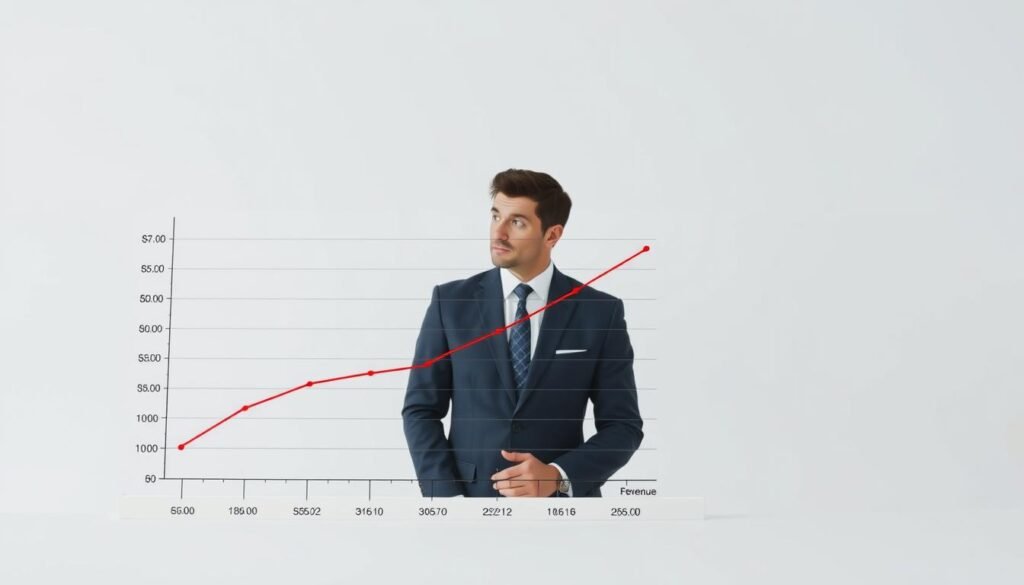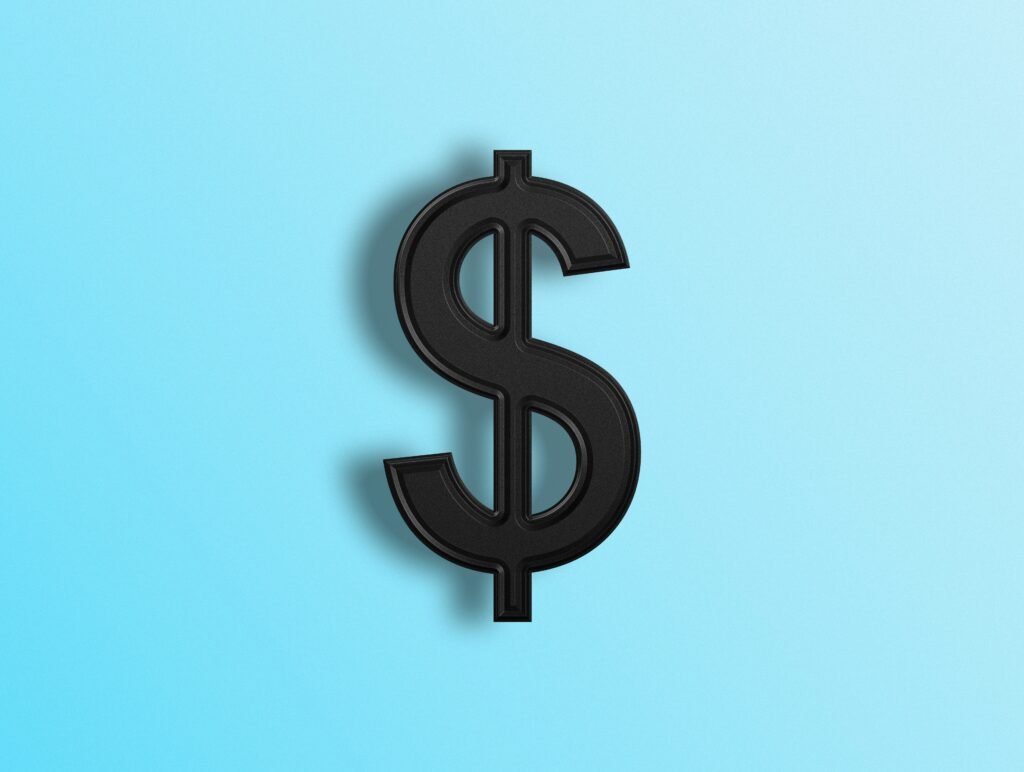How to Use This Calculator
Step 1: Enter your fixed costs (rent, insurance, etc.).
Step 2: Input variable cost per unit (materials, labor, etc.).
Step 3: Provide the selling price per unit.
Step 4: Click “Calculate Break-Even Point” to see how many units you need to sell to cover all your costs.
Every business needs to know when it will start making a profit. A break-even point is the moment your revenue matches total expenses. This metric is critical for budgeting, pricing, and long-term growth strategies.
Using a specialized tool simplifies this calculation. It analyzes fixed costs (like rent) and variable expenses (such as materials) to determine how many units you must sell to cover costs. No guesswork, just clear numbers.
Why does this matter? Knowing your target helps set realistic sales goals. Inputs like product price and monthly costs reveal gaps in your financial plan. Adjusting these factors early can prevent cash flow issues.
Both startups and established companies benefit. Startups avoid overspending, while mature businesses refine pricing or reduce waste. Regular updates keep your data relevant as markets shift.
This resource isn’t just about math—it’s about control. With accurate insights, you’ll make confident decisions that align with your company’s goals.
Introduction to Break-Even Analysis in Business
Financial stability begins with knowing exactly when sales income matches total costs. This tipping point determines whether a company operates at a loss or starts generating profit. Break-even analysis provides this clarity through measurable data.

What is a Break-Even Point?
The break-even point occurs when total revenue equals fixed and variable expenses. For example, a restaurant spending $5,000 monthly on rent (fixed) and $3 per meal on ingredients (variable) must sell 1,000 $8 meals to break even. This calculation ignores profit – it simply reveals the survival threshold.
Understanding Profit, Loss, and Revenue Dynamics
Profit emerges only after surpassing the break-even point. If that same restaurant sells 1,200 meals, the $9,600 revenue covers $8,600 total costs ($5,000 rent + $3,600 ingredients), leaving $1,000 profit. Market changes like ingredient price hikes or rent increases demand immediate recalculations.
| Metric | Purpose | Time Focus |
|---|---|---|
| Break-Even Analysis | Cover operating costs | Immediate |
| Payback Time | Recover initial investments | Long-term |
Unlike payback time (which tracks investment recovery), break-even analysis focuses on daily operations. Tools like specialized calculators simplify these comparisons, helping businesses adapt pricing or reduce waste during economic shifts.
Mastering Your Finances with the breakeven calculator
Understanding financial thresholds is essential for sustainable growth. Specialized tools simplify complex calculations, transforming raw data into actionable strategies. Let’s explore how these systems work and why they matter for daily operations.

How the Calculator Works and Its Key Components
The tool requires three inputs: fixed costs (like rent), variable expenses (per-unit materials), and product price. It divides fixed costs by the contribution margin (price minus variable costs) to determine the minimum sales needed to avoid loss. For example, a bakery with $2,000 monthly rent and $1 per pastry cost would need to sell 400 $6 pastries to cover expenses.
| Component | Function | Impact |
|---|---|---|
| Fixed Costs | Monthly overhead | Sets baseline targets |
| Contribution Margin | Profit per unit | Determines sales efficiency |
| Historical Data | Past performance trends | Guides adjustments |
Role in Strategic Decision-Making
Real-time analysis helps businesses adapt quickly. If material costs rise, the tool recalculates required sales volumes instantly. A coffee shop might raise prices or negotiate supplier deals to maintain margins. Regular updates ensure strategies align with market shifts.
This approach minimizes guesswork. Companies identify underperforming products, optimize pricing, and allocate resources effectively. Consistent monitoring turns raw numbers into long-term stability.
Understanding Fixed and Variable Costs in Business and Restaurants
Successful businesses separate unavoidable expenses from those tied to daily operations. This distinction shapes pricing, profit goals, and financial strategy. Let’s examine how each category influences your company’s survival threshold.

Defining Fixed Costs: Rent, Salaries, and Utilities
Fixed costs remain constant regardless of sales volume. A restaurant pays $4,500 monthly rent whether it serves 50 or 500 customers. Salaries for full-time staff and utility bills also fall into this category. These expenses create a baseline for your break-even point.
Exploring Variable Costs: Ingredients, Labor, and Supplies
Variable costs fluctuate with production levels. A burger joint spends more on beef patties during busy seasons. Hourly wages for part-time workers and disposable packaging also rise with demand. Managing these expenses directly impacts how many items you need to sell to avoid loss.
| Cost Type | Business Impact | Restaurant Example |
|---|---|---|
| Fixed | Sets minimum revenue targets | $3,000 monthly lease |
| Variable | Affects per-unit profitability | $2.50 per meal ingredients |
Specialized tools streamline this analysis by calculating how fixed and variable costs interact. Inputting $10 meal prices and $6 variable expenses reveals you must sell 300 units monthly to cover $1,200 fixed overhead. Regular updates account for supplier price hikes or seasonal staffing changes.
Monitoring these metrics prevents profit erosion. Restaurants renegotiate bulk ingredient deals when costs spike. Retailers adjust staffing based on foot traffic patterns. Proactive adjustments keep your financial health stable in shifting markets.
Strategies to Increase Profitability and Manage Expenses
Balancing income and outflows separates thriving businesses from struggling ones. Smart adjustments to pricing and operational efficiency can lower the break-even point while boosting profit potential. Let’s explore practical methods to achieve this balance.
Optimizing Pricing, Sales, and Contribution Margins
Raising prices isn’t the only way to improve margins. Bundling products or offering tiered pricing often increases per-customer value. For example, a coffee shop selling $4 lattes with a $1 pastry upsell raises the average sale to $5. This directly improves the contribution margin – the amount each sale contributes to covering fixed costs.
Regularly reviewing sales data helps identify underperforming items. A clothing store might discontinue low-margin products and focus on high-demand styles. Tools like specialized calculators reveal how these changes affect the number of units you need to sell to avoid loss.
Effective Expense and Inventory Control Techniques
Waste reduction starts with tracking. Restaurants using weekly inventory checks cut food spoilage by 15-20%. Negotiating bulk discounts with suppliers further lowers variable costs.
| Strategy | Action | Outcome |
|---|---|---|
| Inventory Audits | Weekly stock reviews | Reduces overordering |
| Supplier Negotiation | Bulk purchase deals | Lowers per-unit costs |
| Tech Integration | Automated tracking systems | Improves accuracy |
Adopting financial analytics tools helps monitor trends. A boutique tracking seasonal demand adjusts staffing levels, cutting labor costs during slow months. These steps create sustainable profit growth without compromising quality.
Techniques for Monitoring and Adjusting Your Break-Even Strategy
Effective financial control hinges on dynamic adjustment of your break-even analysis. Markets shift, costs fluctuate, and consumer demand evolves – making continuous monitoring essential for maintaining profitability. Regular updates to your strategy ensure you’re always prepared for new challenges.
When to Reassess Your Break-Even Point
Review your numbers quarterly or when these triggers occur:
| Trigger | Action | Outcome |
|---|---|---|
| Supplier prices rise 10%+ | Update variable costs | Accurate margin targets |
| Sales drop for 2 months | Analyze pricing strategy | Revised sales goals |
| New competitor enters | Reevaluate product value | Competitive pricing |
For example, a 15% increase in packaging costs could push a bakery’s break-even point from 500 to 620 cupcakes monthly. Immediate recalculations prevent cash flow gaps.
Adapting to Changing Market and Cost Conditions
Integrate real-time data tracking tools to automate adjustments. A clothing retailer using cognitive automation tools can instantly update calculations when cotton prices spike. This allows same-day pricing or supplier changes.
Three proven adaptation methods:
- Margin protection: Renegotiate bulk deals if ingredient costs jump
- Demand shifts: Adjust staffing when seasonal sales dip
- Formula flexibility: Build contingency percentages into your base calculations
Businesses that update their strategies monthly reduce financial risks by 38% compared to annual reviewers. Stay agile – your survival depends on it.
Conclusion
Empowering your company’s future requires precise financial insights. Knowing your break-even point reveals the exact sales needed to cover fixed costs like rent and variable expenses tied to production. This clarity helps businesses allocate resources effectively and avoid unnecessary risks.
Strategic adjustments in pricing, inventory control, and supplier negotiations directly impact your margin. Regular monitoring ensures your formula stays relevant as market conditions shift. Quarterly reviews or immediate recalculations after cost changes keep targets achievable.
Put these strategies into practice today. Analyze your numbers, adjust your approach, and turn financial data into actionable steps. When you understand what you need to sell to thrive, every decision moves you closer to sustainable growth.
